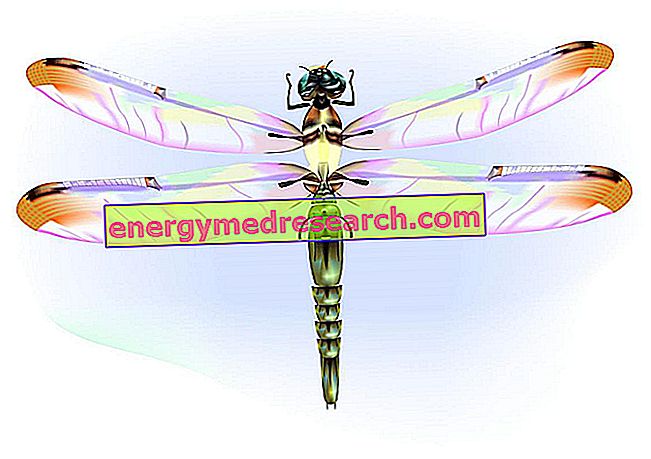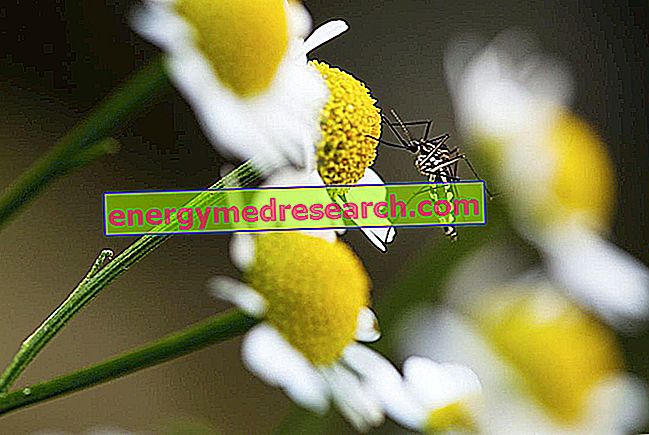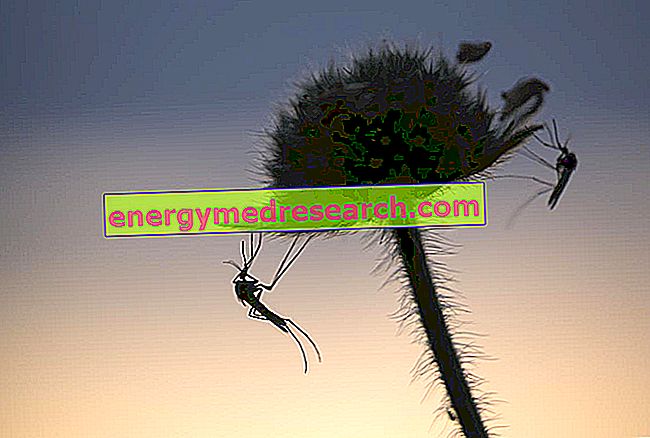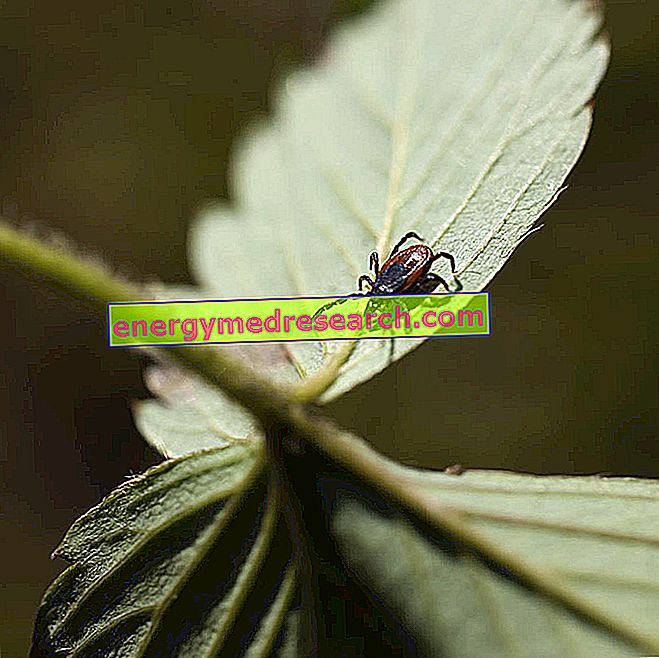The body of invertebrate organisms consists of a series of upper plates known as tergites and lower plates known as sternites; the entire structure is then held together by an extendable and resistant membrane. The insect abdomen contains the digestive tract and the reproductive organs; in most Species it is composed of eleven segments, although the latter is absent in almost all specimens in adult form
Category veterinary medicine
Vegetarian cat? Not exactly. True, cats eat grass, but it is believed that this behavior is dictated above all by the need to vomit. A cat that lives in the wild, for example, may need to vomit out the non-digestible parts of what it has eaten, such as the feathers and feathers of birds or the hair of a mouse
One of the most surprising curiosities about vomiting, concerns some species of frog up close. These animals, when they feel the need to empty their stomach, instead of expelling gastric contents like we humans, adopt a more drastic solution. The frog, in fact, is able to let the entire stomach escape from the mouth, only to swallow it with the help of the right front paw, to make it return to its place
In the summer months, an eco-sustainable method to fight mosquitoes is to set up a shelter for bats . The winged mammals, in fact, with the arrival of twilight can feed on these annoying insects. To attract them to your garden, you need a " bat box ", which is a rectangular wooden box, specially assembled to accommodate bats
Unlike what one might think, mosquitoes are not useless: even these annoying insects, in fact, participate in the balance of the ecosystem . As for the food chain , they play an important role: larvae feed small aquatic animals (such as fish and amphibians), while adult insects provide an important food resource for bats, birds, spiders, lizards, salamanders and frogs
The carbon dioxide we produce when we breathe and the smells that our body emits are the main factors that make a person more or less "palatable" to mosquitoes . Carbon dioxide is the trace par excellence followed by mosquitoes, which have a specific organ for this purpose. As a result, people who have more oxygen-carbon dioxide exchange, such as overweight , pregnant women or those who practice intense physical activity , will be an easier target
The annoying noise emitted by mosquitoes is due to their rapid fluttering of wings ; this very fast movement (300 to 600 times per second) allows the insect to fly, covering up to three kilometers in an hour. According to some scientists, the sound frequencies emitted during the hum represent an amorous call
Originating from Asia and only recently arriving in Europe, the tiger mosquito ( Aedes albopictus ) is now a species permanently established in our latitudes. Aedes albopictus has the same dimensions as the common mosquito ( Culex pipiens ), equal to a few millimeters; the adult insect is distinguished by the black coloration of the body, with transverse white streaks on the legs and a white line extending over the back
If you are planning a trip to an area where there may be ticks (in the countryside , in a forest or in meadows with tall grass ) it is good to take some precautions to reduce the possibility of coming into contact with them. First of all, it is useful to wear a hat, long pants, closed shoes and thick socks, shirts or long-sleeved shirts
Ticks are arthropods belonging to the class of arachnids (such as spiders and scorpions) and to the order of mites. They are divided into two large families: the Ixodide (hard ticks) provided with a rigid shield on the back and the Argaside (soft ticks) without dorsal protection. Ticks are a few millimeters in size, an oval and flattened body and eight legs; the males are dark red-brown (they are similar to a peppercorn), while the females are greyish
The tick bite exposes you to the risk of contracting various infectious diseases, including Lyme Borreliosis and tick-borne meningoencephalitis (or TBE). These parasites become infected by feeding on the blood of animals carrying pathogenic microorganisms (bacteria, viruses, protozoa, etc.) and, through subsequent meals, they are able to convey them to new guests, including humans









